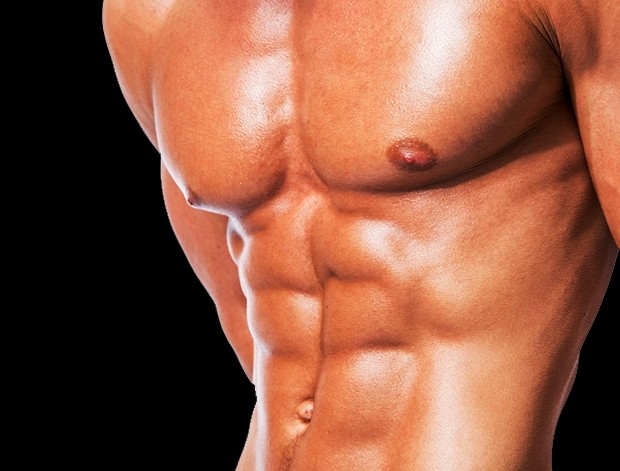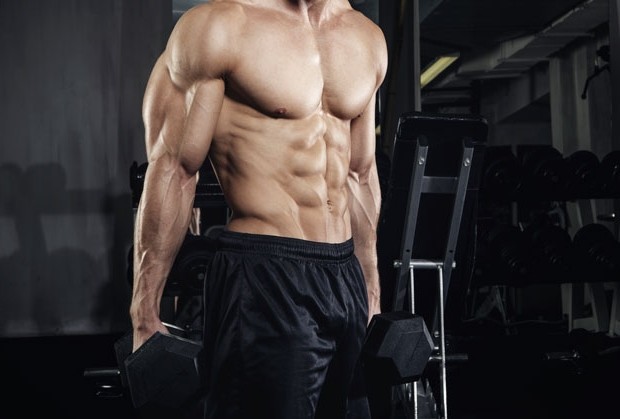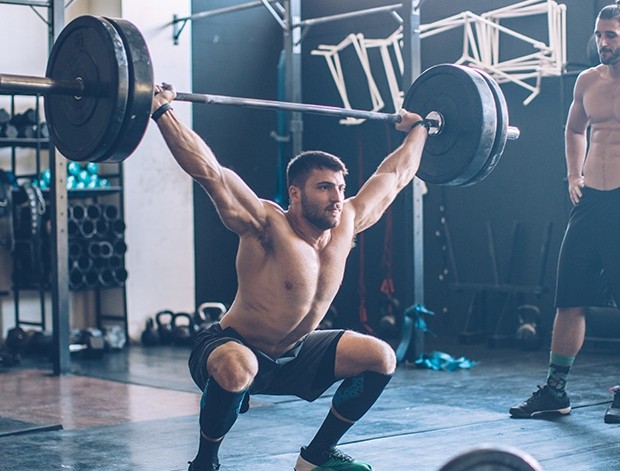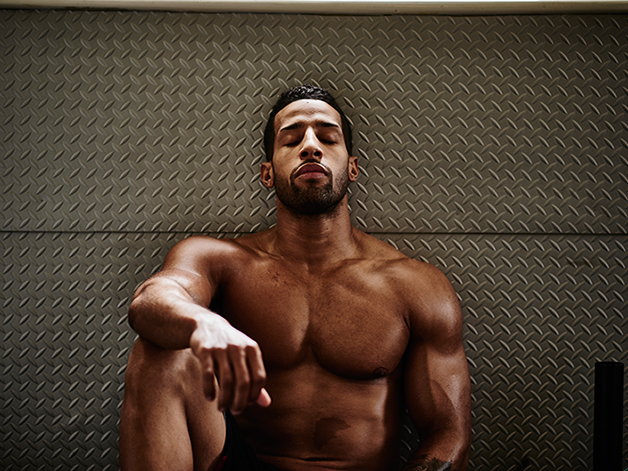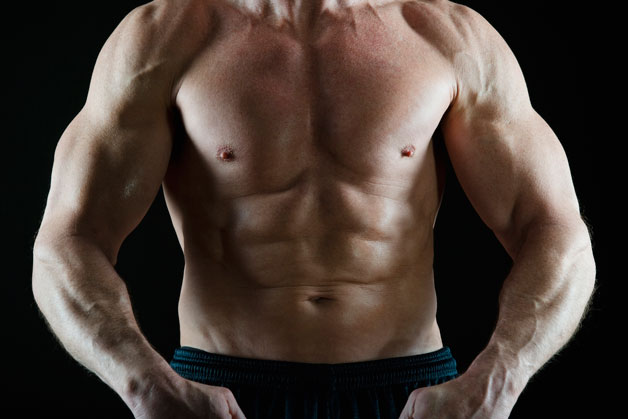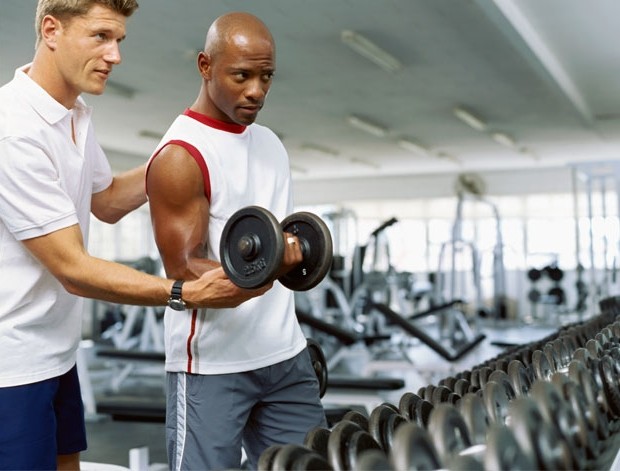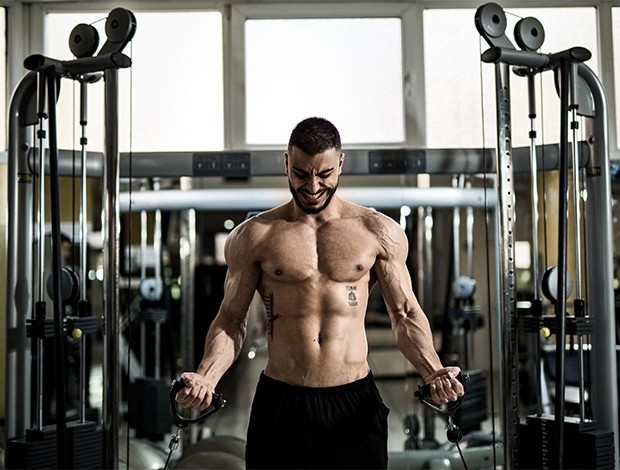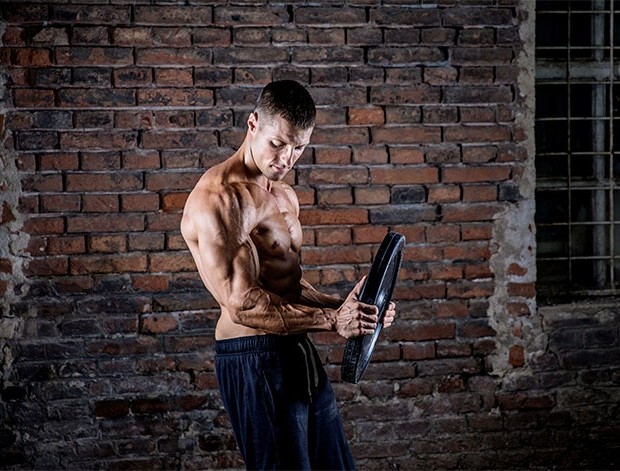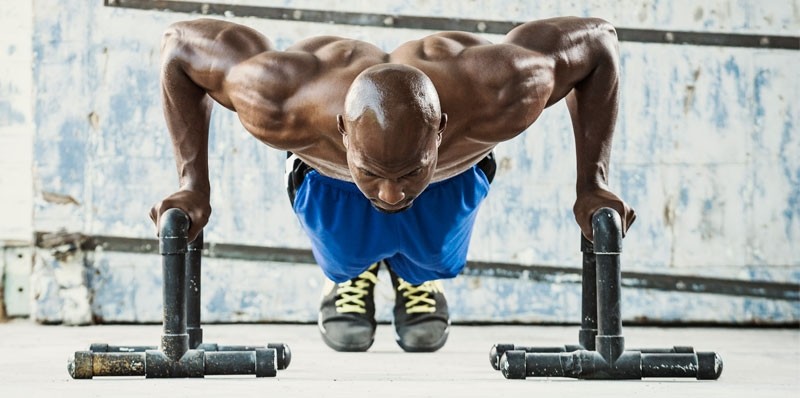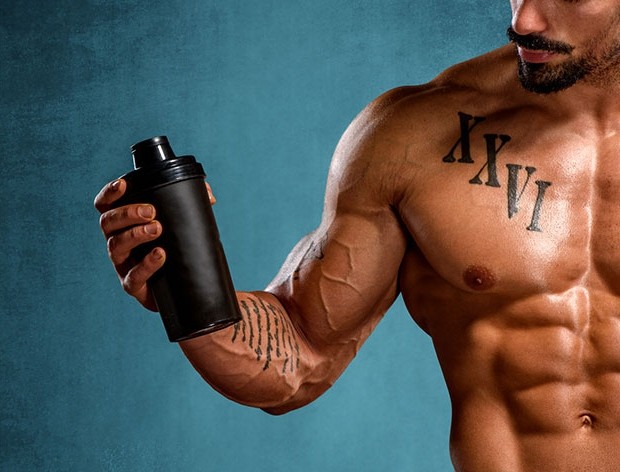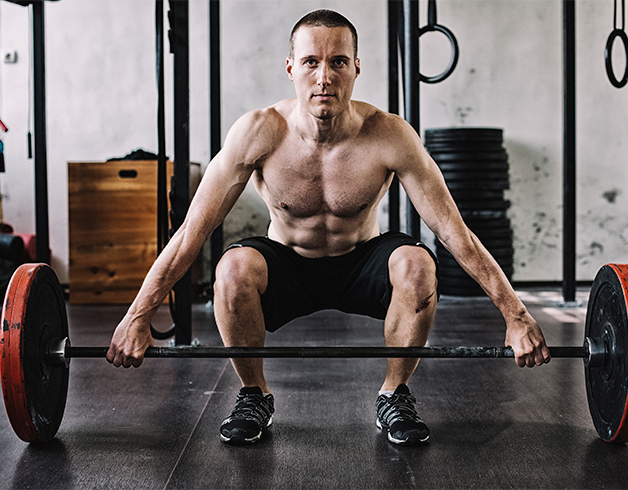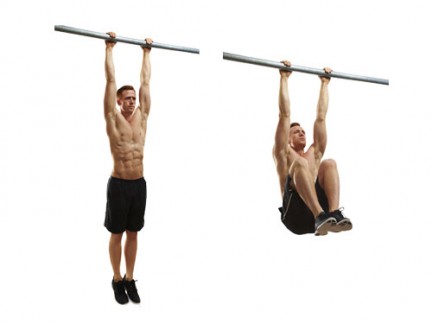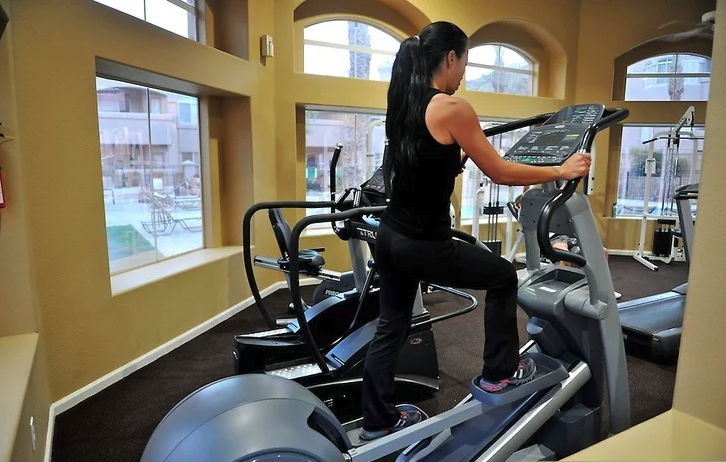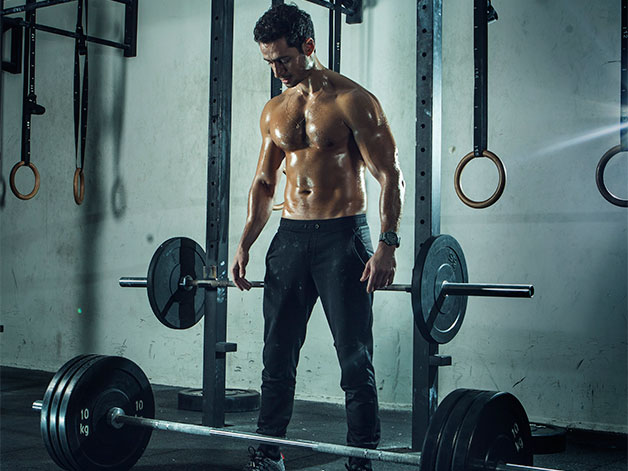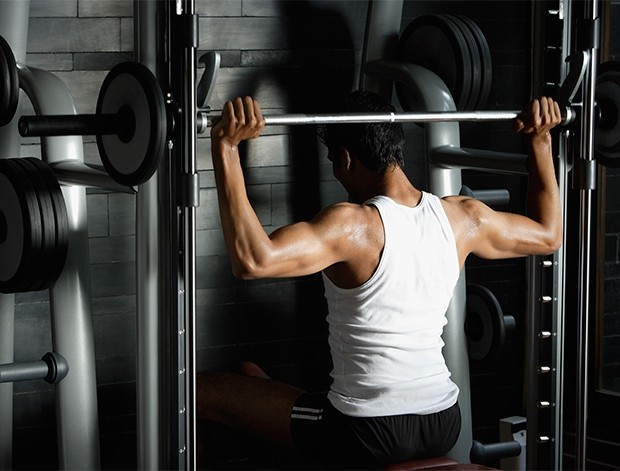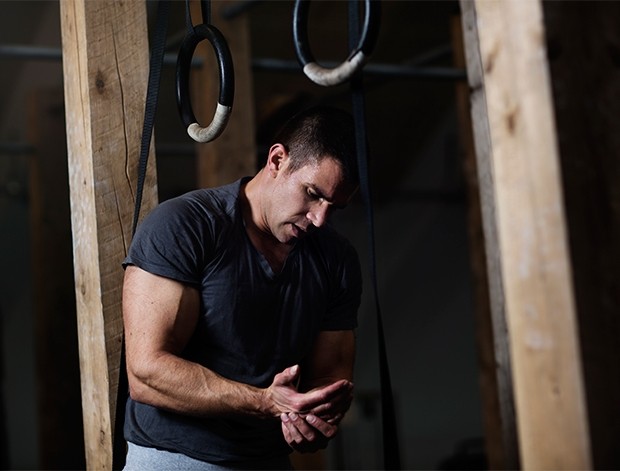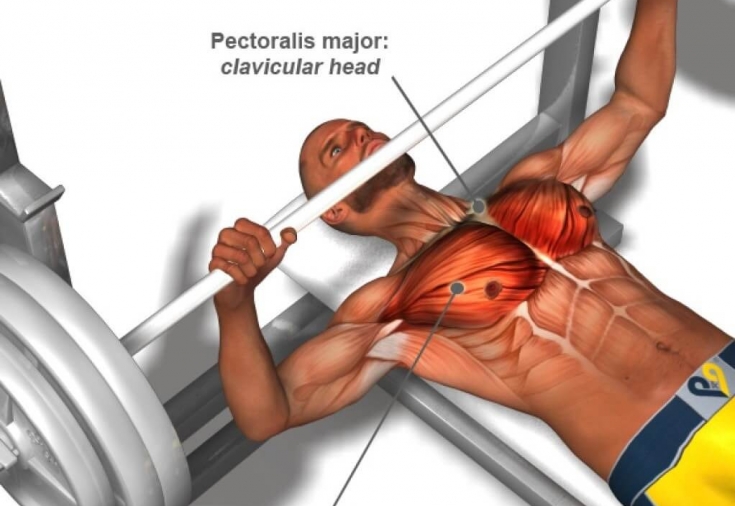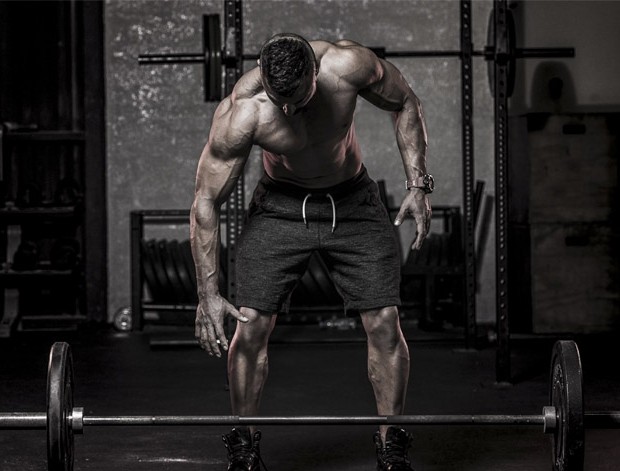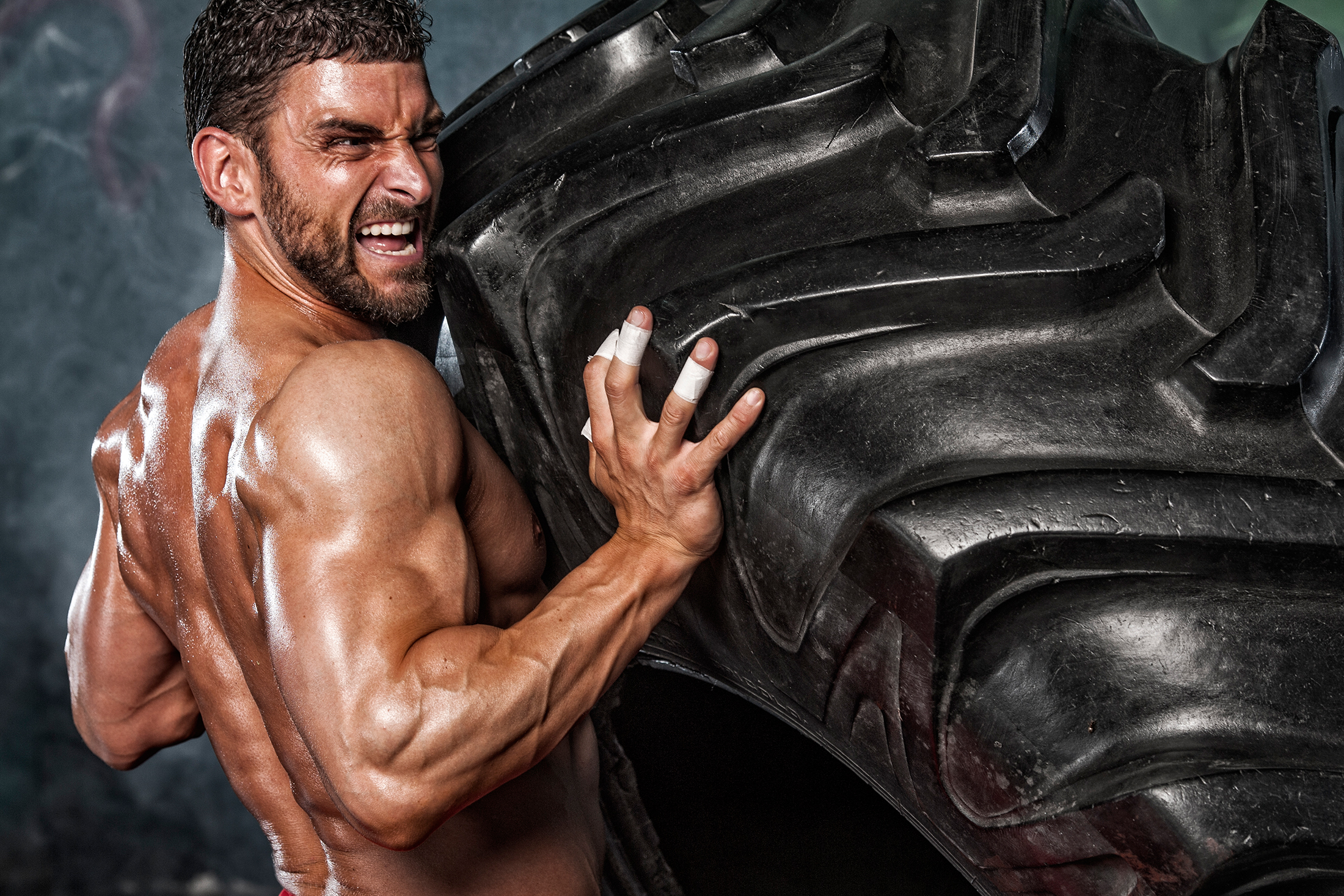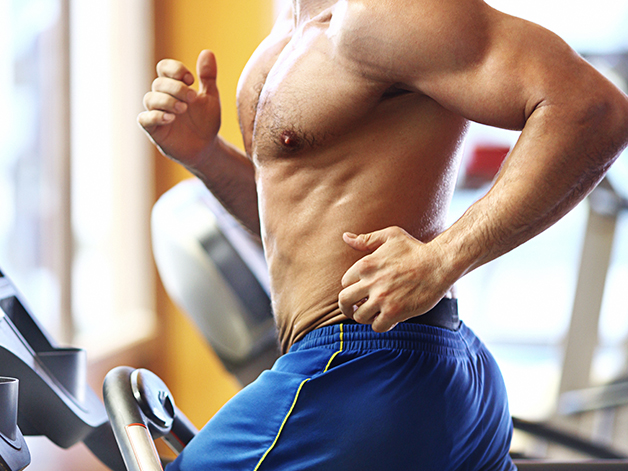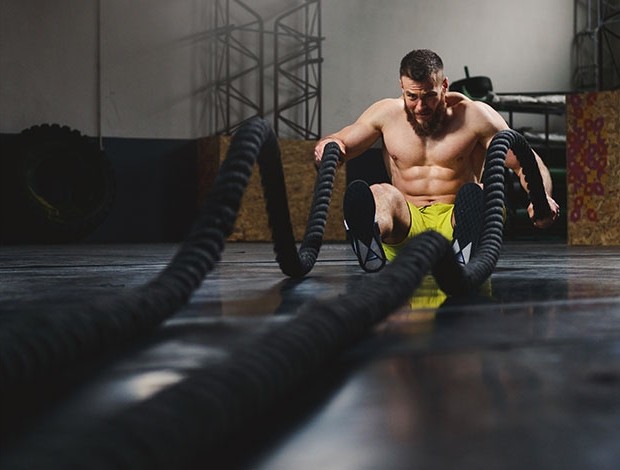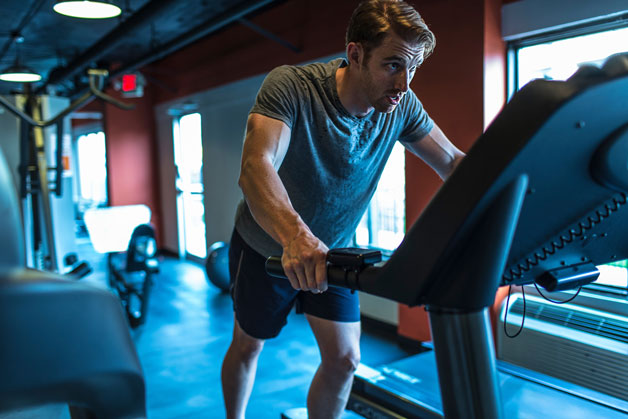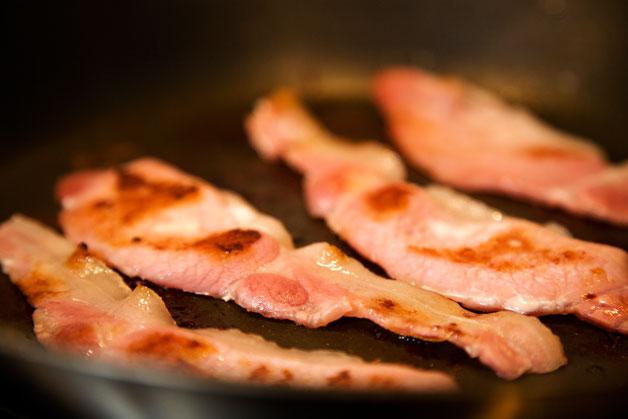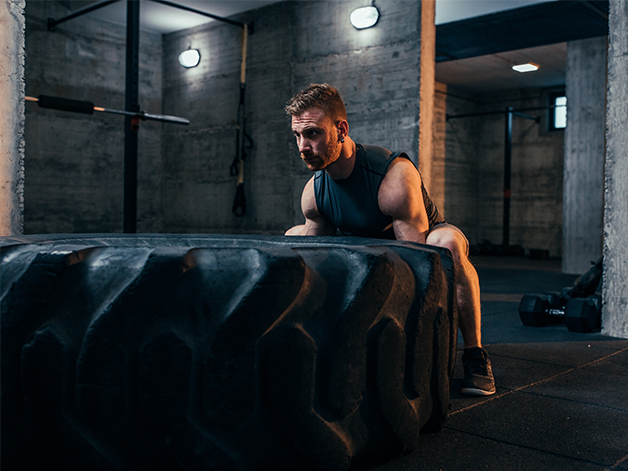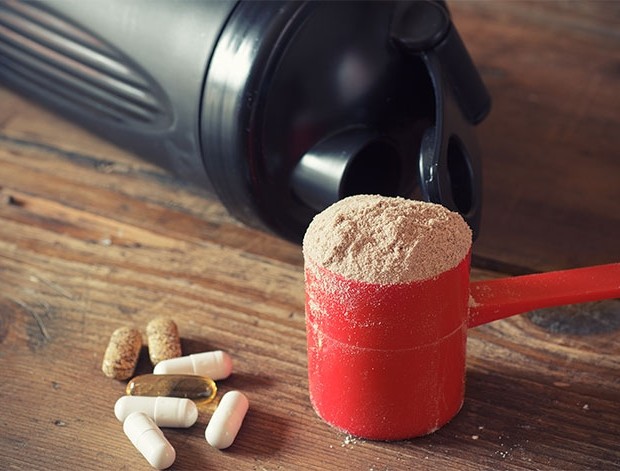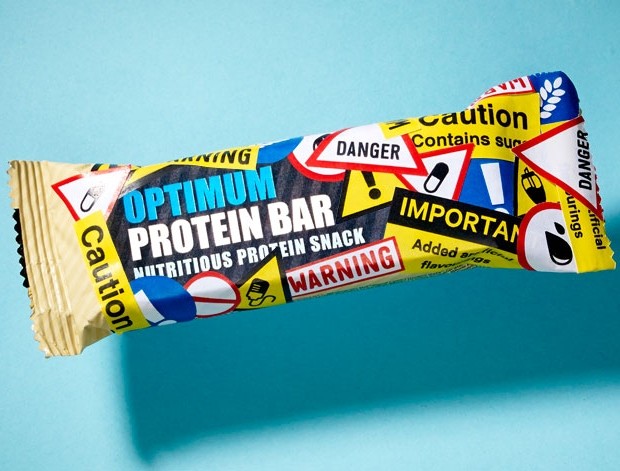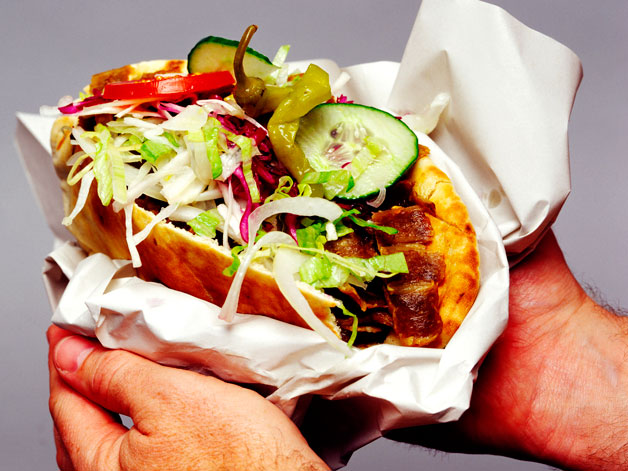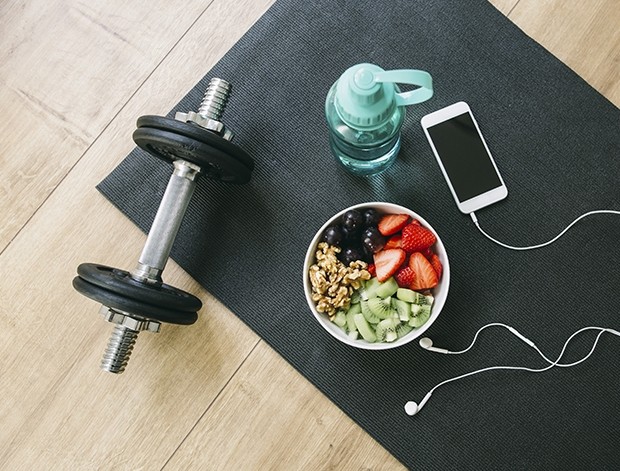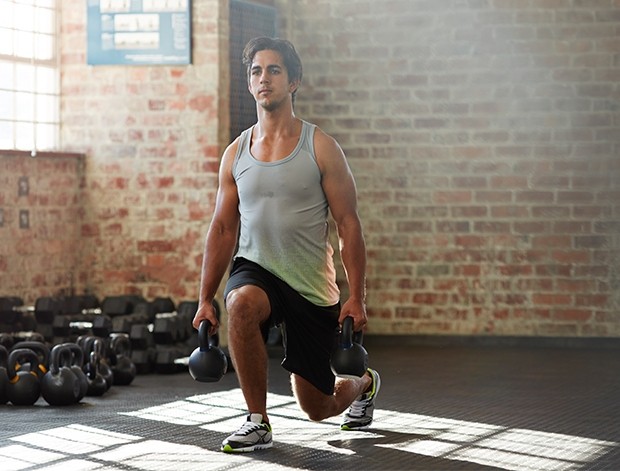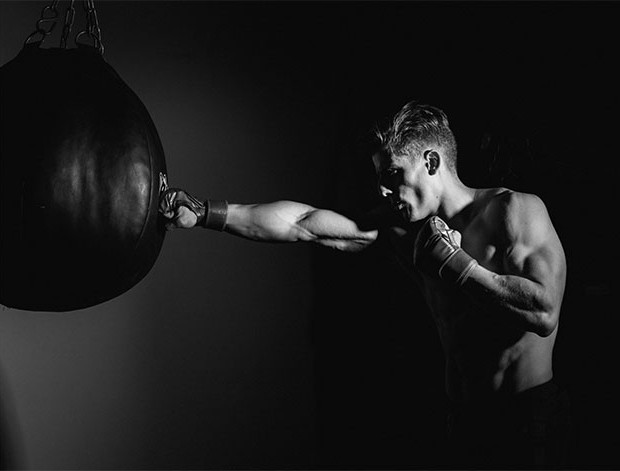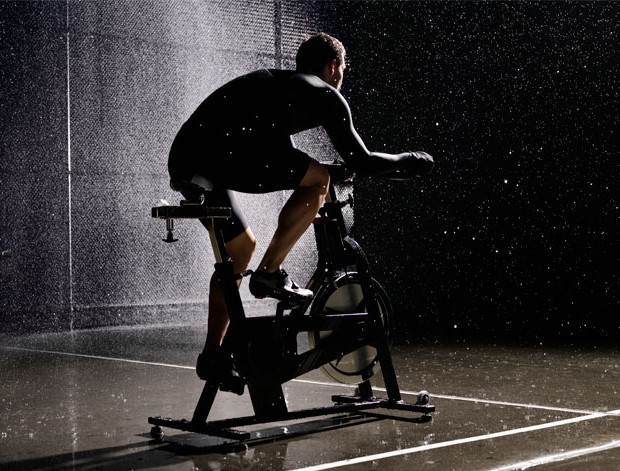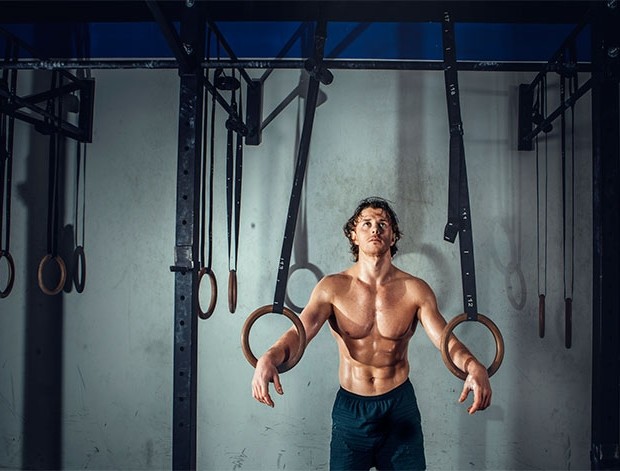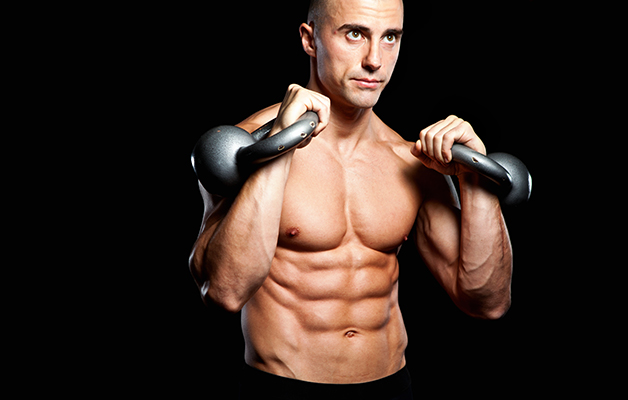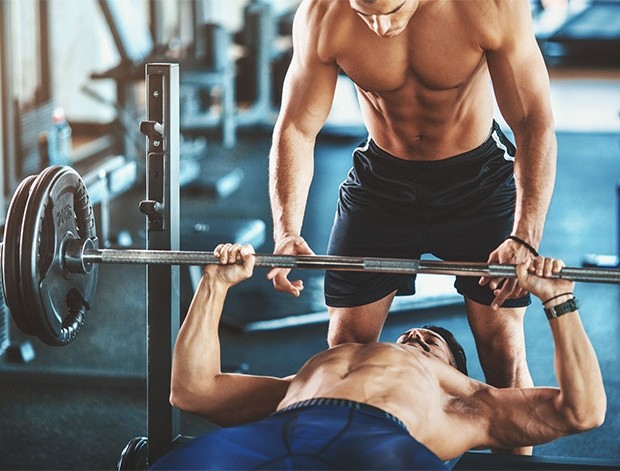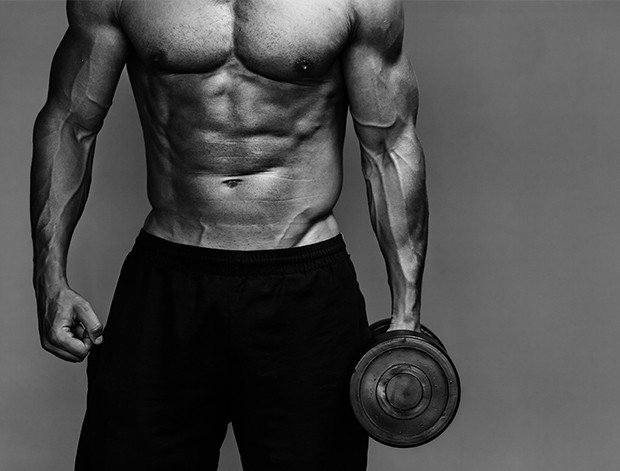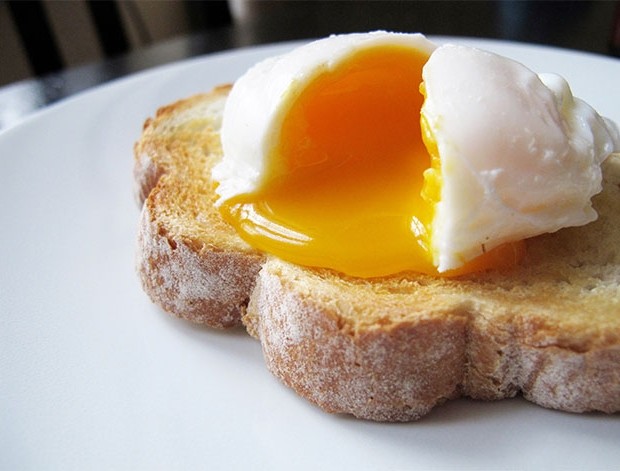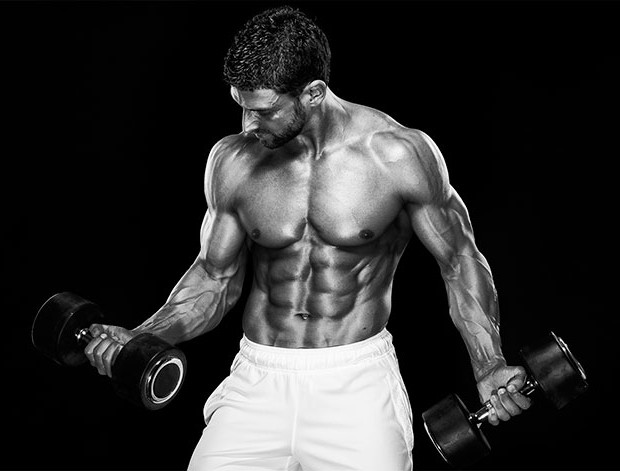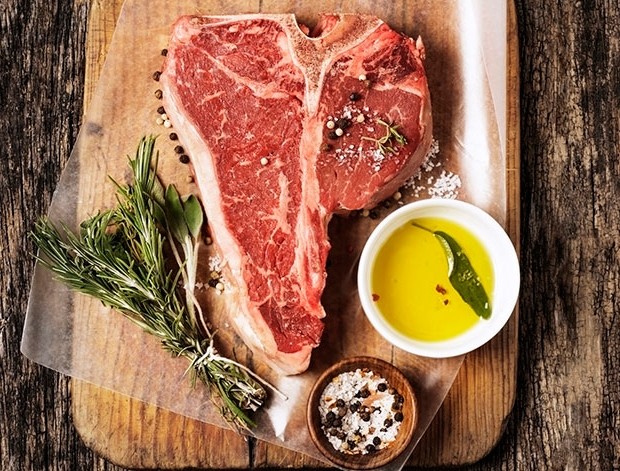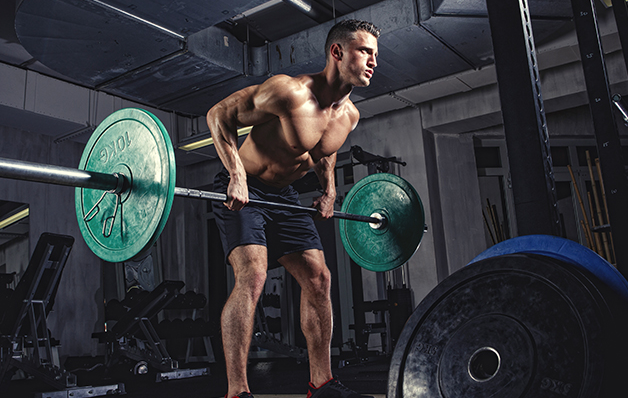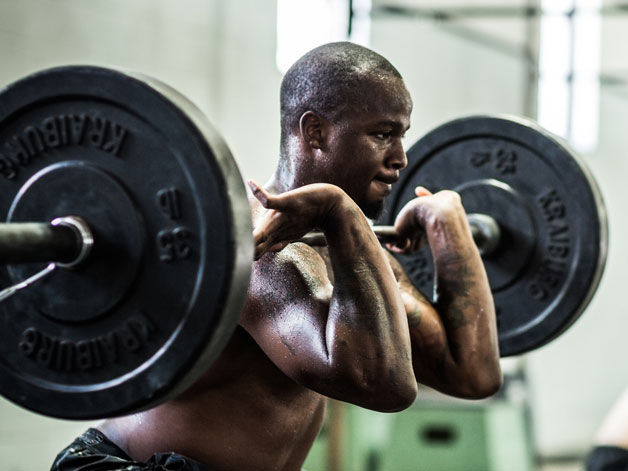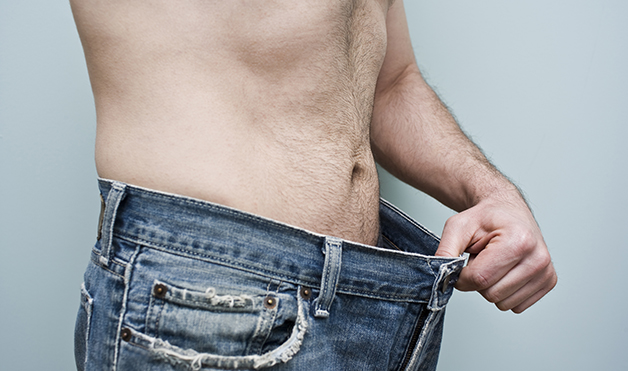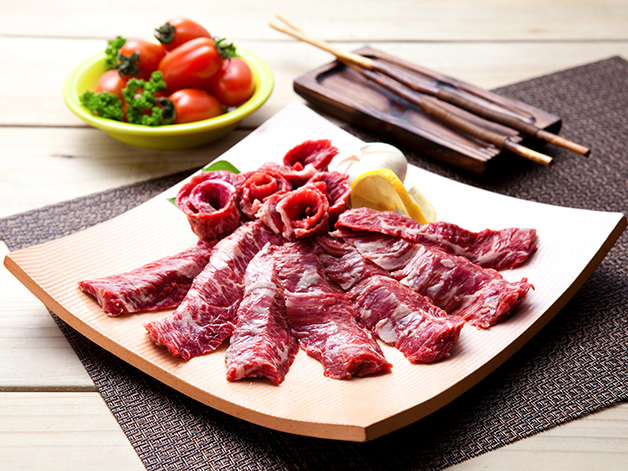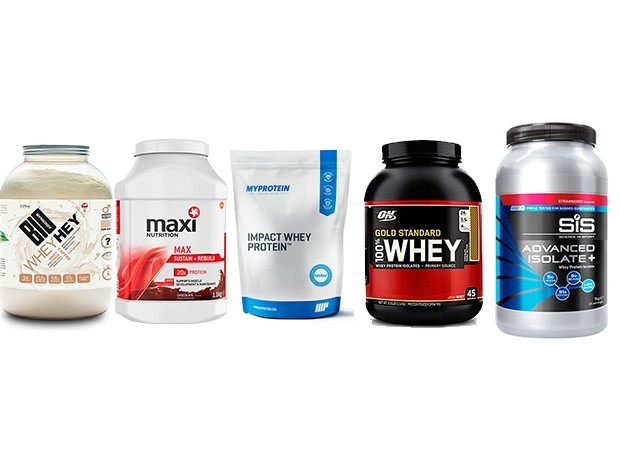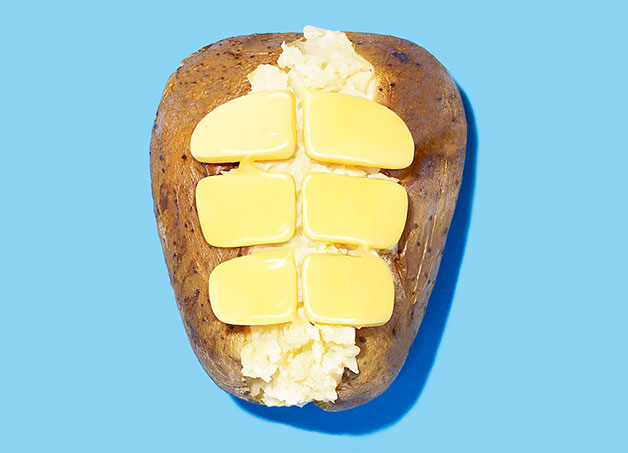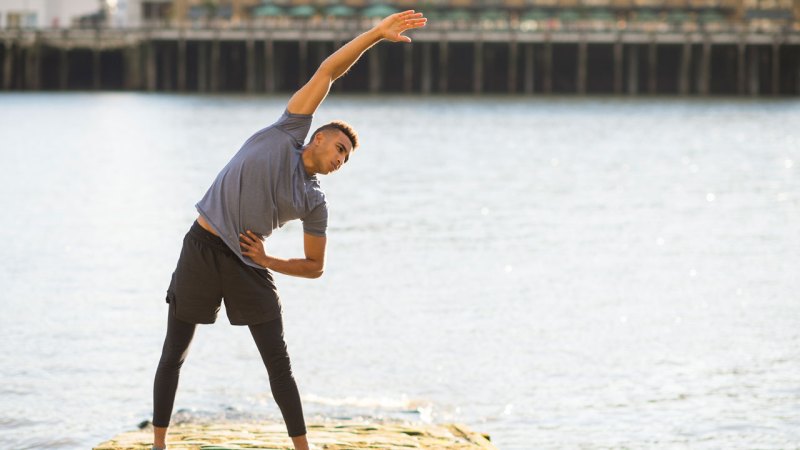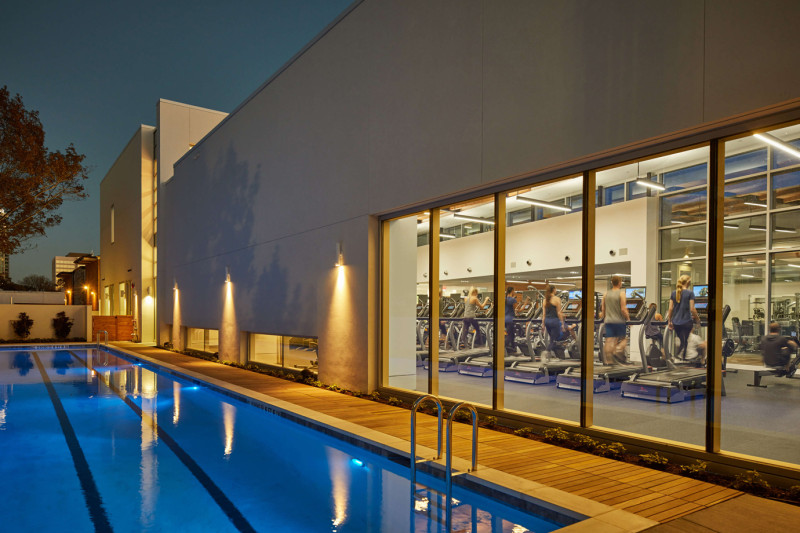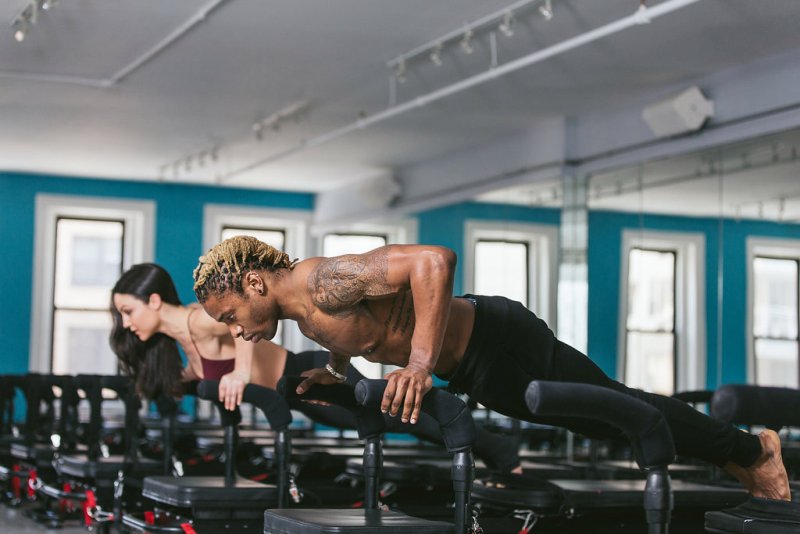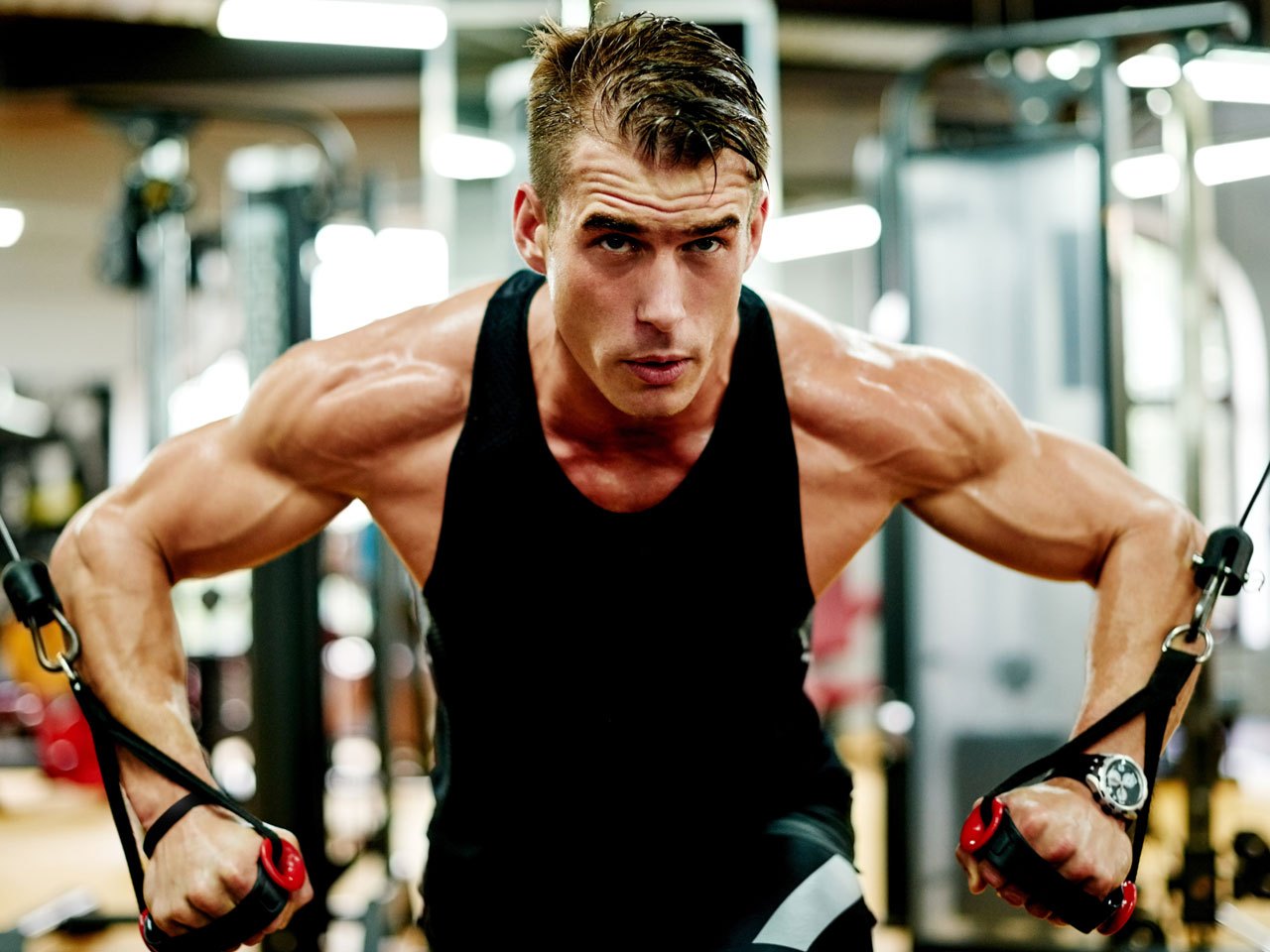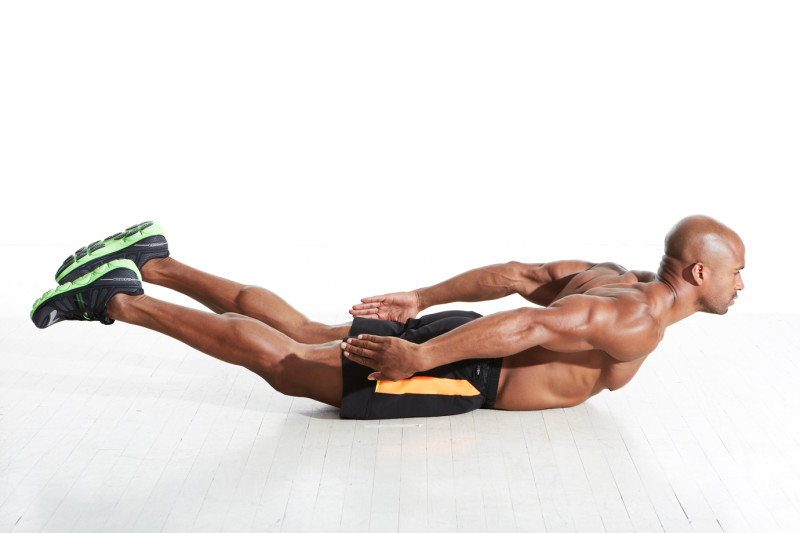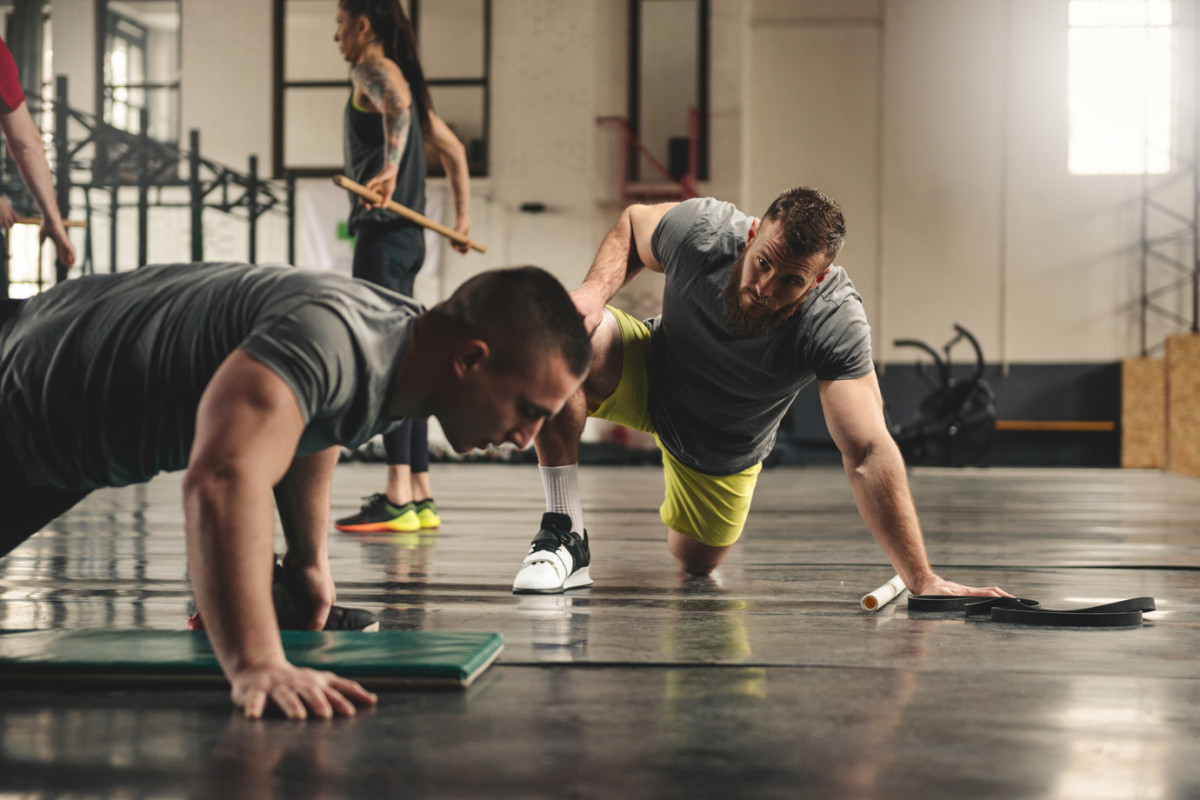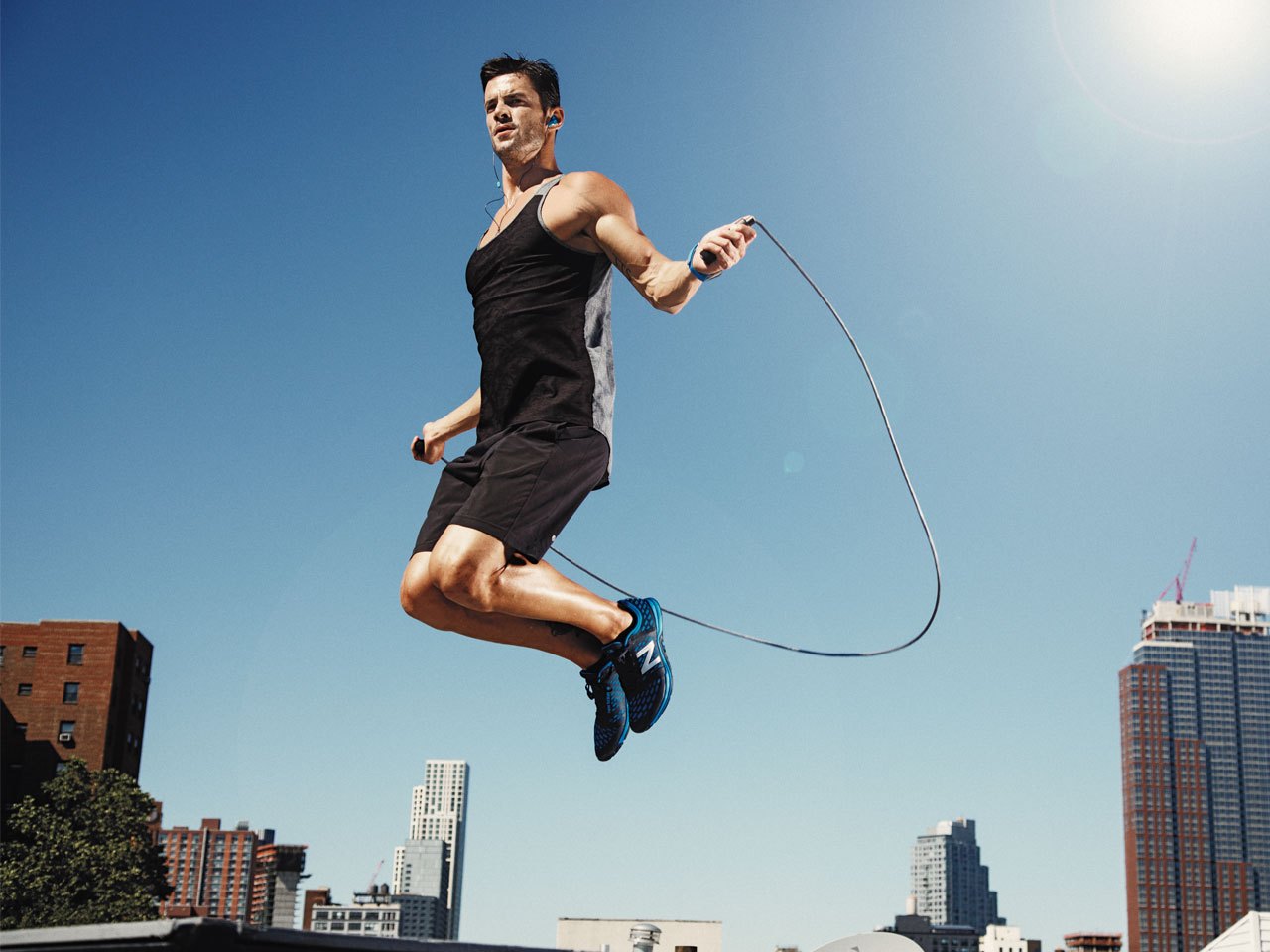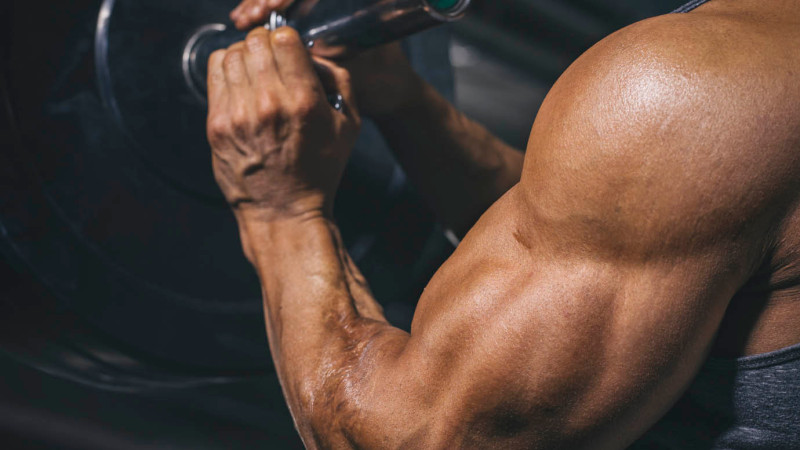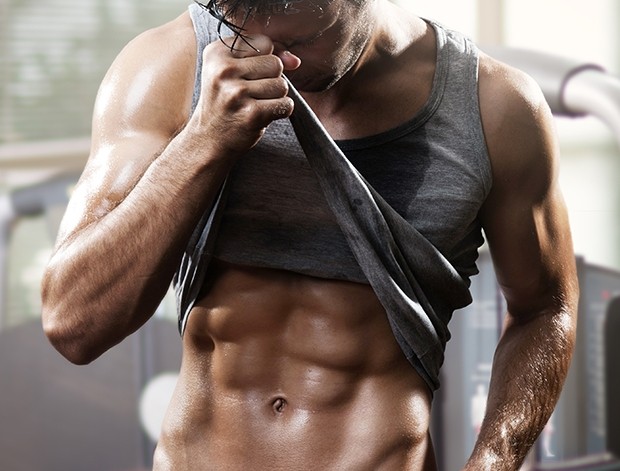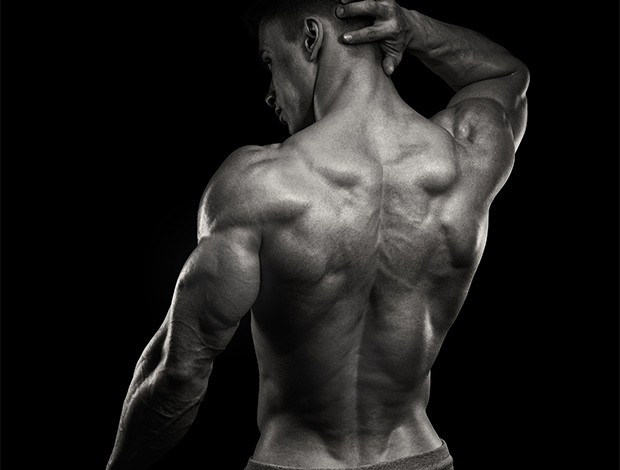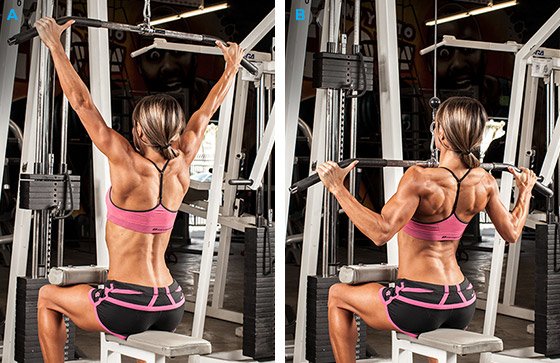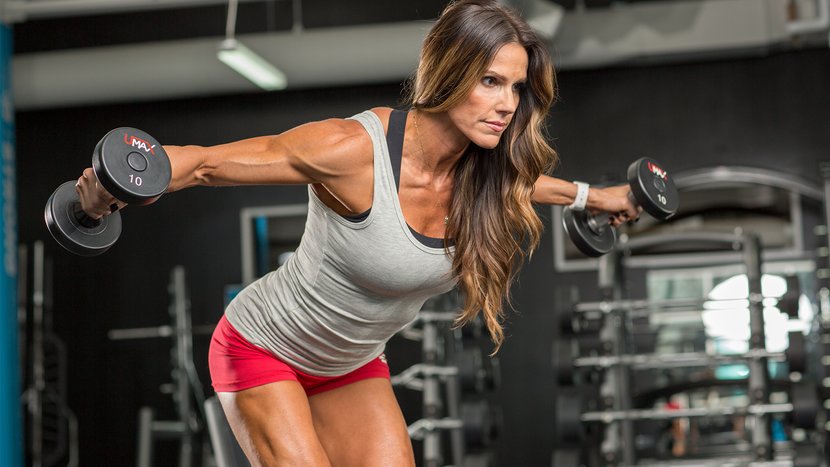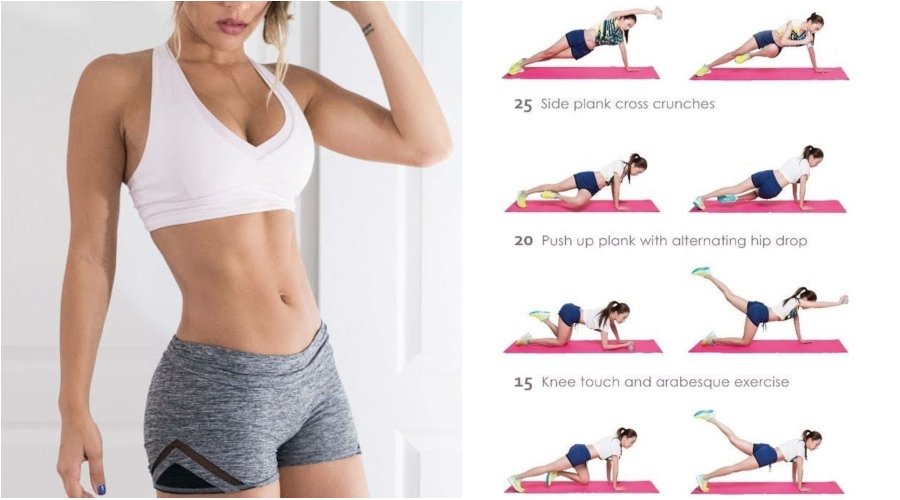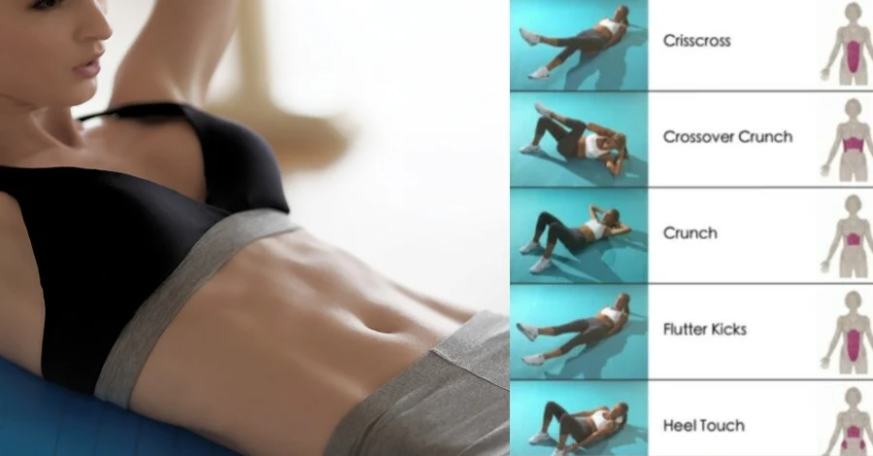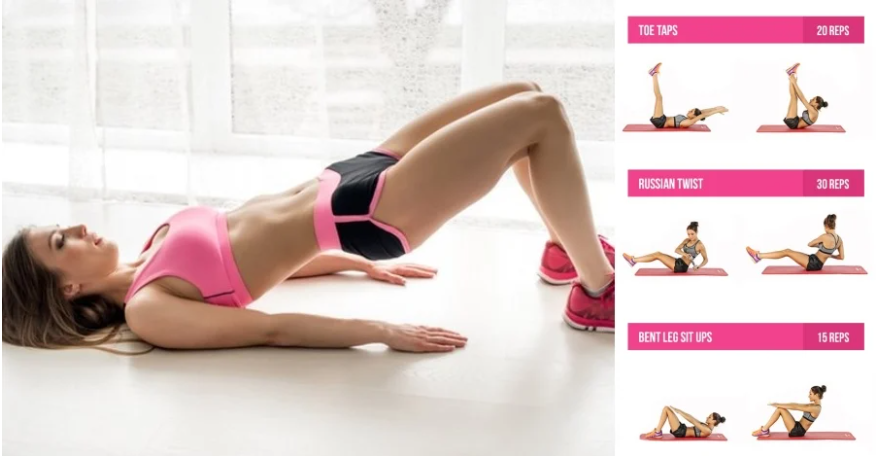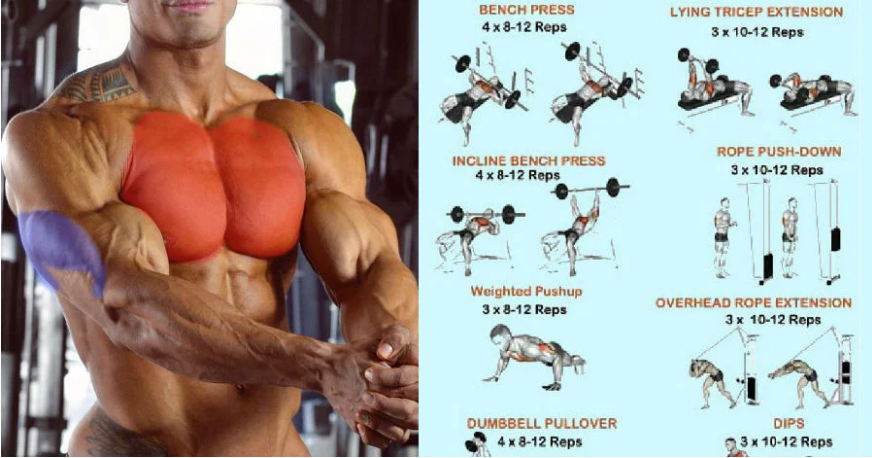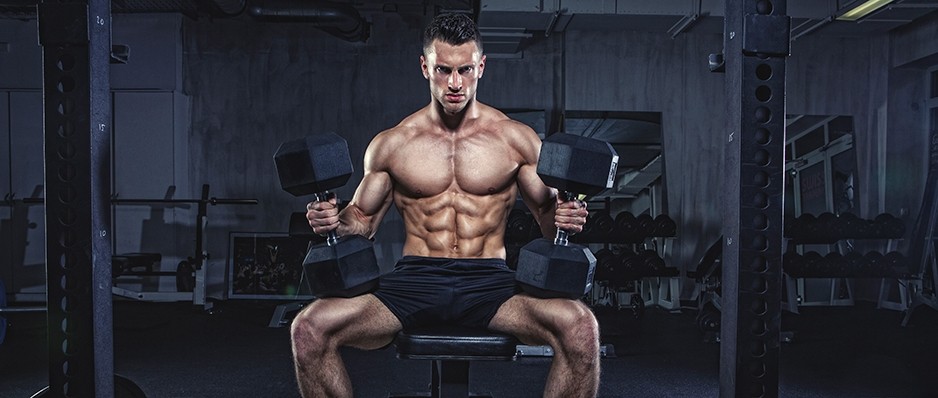Tired of aimlessly repping away in the quest for bigger biceps? Then you’ve come to the right place.
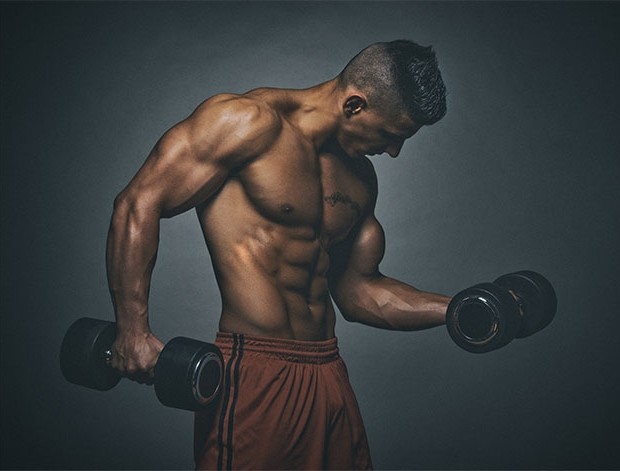
This plan is going to change the way you work on your guns forever. What’s more, you’re going to see huge gains.
Here’s your big easy guide to building bigger biceps.
Warm up
It sounds boring, but patience is a virtue, and besides, it’s bloody important. A warmed muscle is a more pliable one. In other words, it’ll work better.
The increase in temperature will help reduce the risk of rips and tears and deliver more red blood cells – and therefore oxygen and nutrients – to the muscle while it is working.
You’ll be able to lift more, too. Research published in the Journal of Applied Physiology found that intense stretching after working a muscle group has the potential to increase its mass by 318 per cent in 28 days. That's that, then.

Change things up
Remember, every six workouts (give or take) your body has fully adapted and won’t get the same benefits. Quite simply, sitting there curling away each week won’t be doing much. Variety truly is the spice of life.
Lacking in the imagination department?
Breathe easy
Think holding your breath during your big lifts is helping? Think again. In fact, not breathing out can cause your blood pressure to spike and make you dizzy. Structured, rhythmic-like breathing will help you concentrate, calm you down and keep your tempo more controlled. An oxygenated body will also reduce the risk of passing out and help deliver that sweet, sweet air to your muscles, allowing them to 'breathe' and work harder.
But there’s more to breathing correctly than a few gasps of air. Engaging your diaphragm, a process known as ‘bracing’ by powerlifters, is key to explosive performances.
Bracing: Imagine you’re about to get gut-punched. Push your stomach into the belt as you breathe in, but also push out to the sides and back. This is how you need to brace when lifting.
This level of structured breathing may not be necessary for every bicep exercise – whereas for every compound move it’s a must – but keep this is mind when working out.

Rest
It’s often preached that you should rest for 30 to 60 seconds between sets. This isn’t really long enough for your muscles to recover fully. “Wait three or four minutes and your muscles will have a chance to return to full strength,” says exercise physiologist Ed Eyestone. “Then you can use more weight on your next set for greater muscle growth.”
If you don’t want to hang around for four minutes – time is of the essence, after all – train a different group of muscles during the rest. Work on your triceps with push downs, then work your (rested biceps) as your triceps recover.
“This reciprocity training will induce exhaustion and build muscle quicker,” explains sports physio Jonathan Lewis.
Talk about a productive workout.
Gravity
Get rid of any help gravity might provide with regular curls by lying forward on an incline bench and using dumbbells 5kg lighter than usual. Slowly curl one dumbbell until your biceps can’t contract any harder, then lower it – again slowly – and curl the other.
Dig this: Prone dumbbell spider curl

How to do it:
1. Lie on an incline bench and hold a dumbbell in each hand, letting them hang underneath your shoulders.
2. Use your biceps to curl the dumbbells towards your shoulders. Slowly return to starting position and repeat.
Why: The spider curl is an exercise in control. Facing towards the floor, every muscle fibre will want you to get away with dropping the weights. Don't. Fight against your body's temptation to swing and work just as hard on the way down as on the way up. A true test of control that's the ultimate time-under-tension move.
Work the angles
Hitting your bicep from all angles will ensure your entire muscle gets a good working over. You don’t necessarily have to change the exercise, either. Mixing up your body position – standing, seated, kneeling – will help create varying stresses and result in bigger gains. “Change the angle your arm has to move through to get maximum stress and build muscle,” says sports physio Steve Briggs. Start with a standing barbell curl, then move on to a straight spider curl, and lastly do a set of concentration curls.
Now you know the essentials, the next step is putting it into practice. Follow any of these workouts and you won’t go far wrong.
Oh, and while we’re here, we may as well show you the three moves you probably aren’t doing but definitely should be.
The 3 best bicep moves you probably aren't doing

Weighted chin-up
How to do it:
1. While wearing a weighted belt or with a dumbbell between your feet, grab the pull-up bar with your palms facing towards you and a grip that is narrower than shoulder width.
2. Pull yourself up until your head is above the bar. Slowly lower back to the start position.
Why: In a well-equipped gym, the options seem almost endless, so much so that we forget our basics.
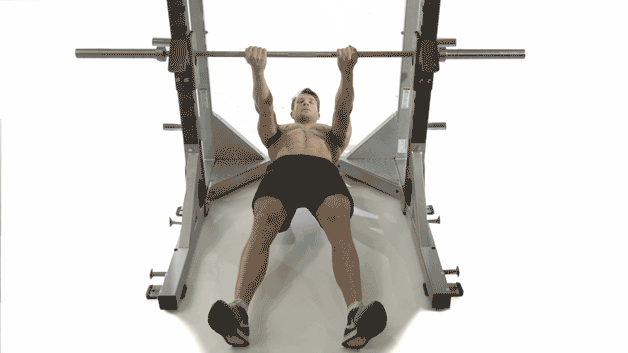
2. Inverted row
How to do it:
1. Set up a bar in a rack at waist height. Hold it wider than shoulder-width apart, with an underhand grip, and hang underneath. Position yourself with heels out in front of you and arms fully extended.
2. Your body should be straight from shoulders to ankles. Flex at the elbows to pull your chest up to the bar. Lower yourself back to the start position under control.
Why: The calisthenics alternative to a bent-over row, the inverted row requires a straight back and considerable core control to hold your body in the correct form. Not only will you earn yourself a solid six-pack, but like the bent-over row and the pull-up you can change your grip to alter the focus of your workout: overhand to hit your back and delts, underhand to focus on maxing out your biceps. An underappreciated arms-and-core burner.

3. Meadows row
How to do it:
1. Put one end of a barbell in a heavy weight to stabilise it and lift the other end with one hand. Keep your arm extended and knees slightly bent.
2. Flex your elbow and use your shoulder muscle to pull the barbell up to your side, then lower it back down and repeat.
Why: Who says 'barbell' has to mean two hands? This tough rowing variation allows you to stack more weight on and grapple with an unfamiliar movement. Doing this T-bar style row to one side, as opposed to between the legs, forces your whole body to work overtime while you try and keep yourself balanced. This move is one of the fastest tickets to bigger arms. Just don't tell everybody or they will all be doing it.

